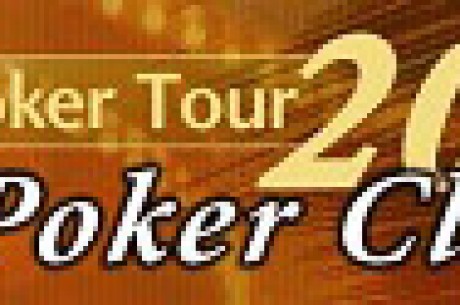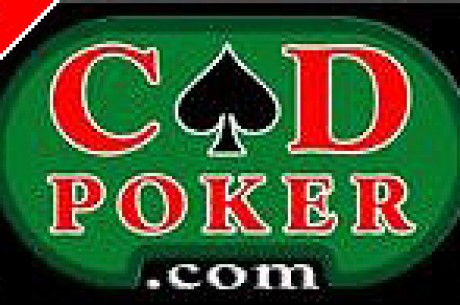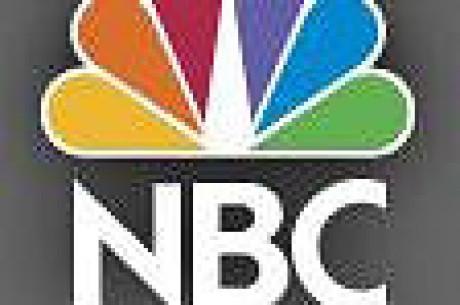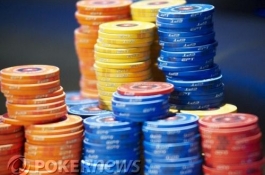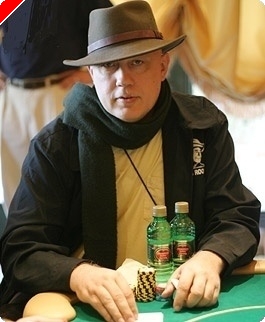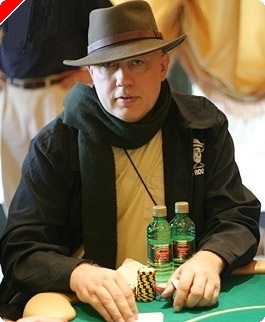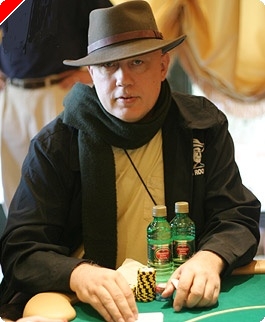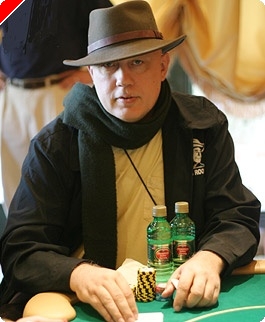Inside the Tour: Impressions from Commerce Club L.A. Poker Classic 2005, PPT tour, Year One
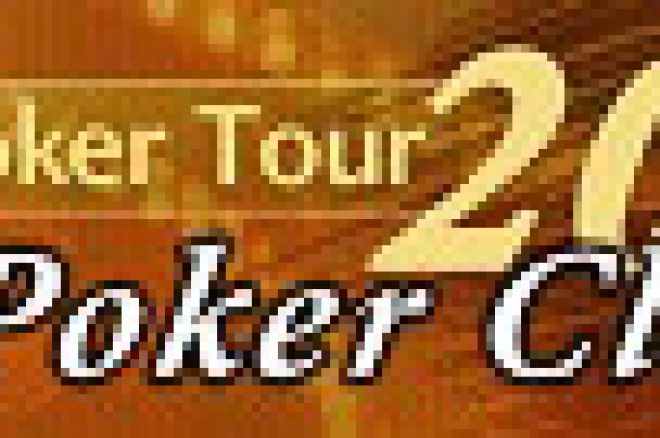
On the internet they are calling the Professional Poker Tour tournament at the L.A. Poker Classic, which allegedly invited the top 200 professional poker players in the world to a special event, the toughest field of all time. Actually it is one of five events this World Poker Tour year where a 'free-roll' prize of 500 thousand dollars is being offered to the final six contestants, with a final free-roll for a maximum of the thirty players that have made the final tables at the preliminary events. To me it seemed like a typical event if you took it out of context in time. What I mean by this is that as late as three years ago when you entered any event with an entry of 1000 dollars or more (with the possible exception of the events at the World Series of Poker) and looked around you would see the same faces every time. In those days you expected one face that you had seen but did not have a name for, everyone else you knew, and likely knew well. If there were two faces at the table that you had not seen that was a major surprise and a likely indication of a good draw. Nowadays when I enter a tournament I expect to know an average of about two other players! The old paradigm has been blown apart and poker reality has been flipped upside down.
Although the future of the PPT is bright if openly received by television audiences, and the qualifying standards can easily be ascertained by computers on an ongoing basis, the politics behind the original selections were sometimes suspect, and are under attack by various people who feel they have wrongly been left out. Who are the professionals and why are they invited? Clearly they are invited because of their accomplishments in tournaments and even the best of the cash game players have been left out. Anyone who got in by being connected to the right people should not have been allowed to play, in my opinion, but let us accept the fact that that is just that, an opinion, and the reality of the situation will not change. While each site or host of these events is given a number of exemptions [eight or ten typically] to do with as they see fit one should not get into the event in any other way, not by lottery or random selection. It is possible to allow some players in through the advent of a qualifying event. This idea, and really the whole idea, is modeled after the Professional Golf Association, with its roots in the American sporting system. Capitalism and competition together are hereby joined, or am I repeating myself?
This event, which is spun out of the WPT, is a big step forward in the relationship the players have with television productions. Prior to this the players put up the entry fees, paid the house percentage, gave tips to the dealers and other workers from their winnings, and then were told by television to not make final-table deals, not wear logos, not dress poorly, not to criticize others, and not to speak harshly while on camera . And, by the way, hold it right there because we need to change the tape we will be back with you in a few minutes Some players have even had makeup administered and an arm reaching up inside their shirt to adjust a microphone as they tried to play a hand! Ah, yes, well some of the production assistants are not fully aware of the fact that a real competition for real money is going on. For them it is just another "reality" television show where they are trying to present everyone as pretty and acceptable.
As players we were very offended because, although television made stars out of a few, they were very demanding and yet returning nothing to the participants. By giving the three million dollars to the professional pool of players much of the sting of other compromises has been removed. Of course there is another side to this, the TV people argue that they have made poker a household word and that the fields are large and the media scrutiny intense only because they have found a way to make these events exciting (specifically by use of microphones, camera shots, personality profiles, and most especially the "hole cam" where the audience gets to see the player's hidden cards and so can reflect on the ways that a successful player might win hands, chips, and money).
The whole Travel Channel presentation of The World Poker Tour events was almost surely inspired by the television show done in London in the 1990's called 'Late Night Poker' which used a similar format but did not understand how to enhance the show and market itself and so did not get the big market share that the American version brought.
Late Night Poker brought some professionals into our living rooms but the play itself was often hard to watch, as mistakes seemed all too common to me, an American professional. The hardest show of all to watch from a poker viewpoint is on Bravo and is called 'Celebrity Poker' where various commentators and entertainers use poker as a 'reality' backdrop, but the truth is that this show is mostly a chance to view your favorite star joke and flirt their way to the finish line without any understanding of how to properly play the game in front of them. It is what it is and please do not expect anything more, but the contrast to the PPT shows is stark.
Howard Lederer put his big frame through the golden window of opportunity and got a lot of early television exposure by winning events when the fields were much smaller. His credibility is certified as a perennial contender in premier events, and the cameras always seem to seek him out, wanting to be there in case he makes a move to the front of the field. For me he is the exact counterpart to golf's Phil Mickelson. He also received a great and marketable nickname, "the Professor", which came naturally out of his imposing presence and thoughtful approach to the game. I have a lot of respect for Howard and his play, but it is much easier to beat 150 players than 1500 players. Nowadays the fields are so huge that one must be lucky, a great reader of your opponent's holding, and a slayer of random opponents to make your way through such enormous minefields. In future columns I will talk at some length about this problem and its explicit and implicit ramifications.
In my next column I will talk about some of the plays that happened in the two days leading up to the final table as well as at the final table of the Professional Poker Tour event on February 25th.
Let me leave you with a quote about this February 2005 Commerce Casino event from Daniel Negreanu, unquestionably the most successful professional on the tour these days; "it was mind boggling to watch some of the other pros just absolutely blow it. It dawned on me late on day one that sure I've been ridiculously lucky to do as well as I have, but there is also a legitimate reason why. I don't think the other pros try as hard. It's really that simple. I love winning, I wouldn't play if I couldn't win."

